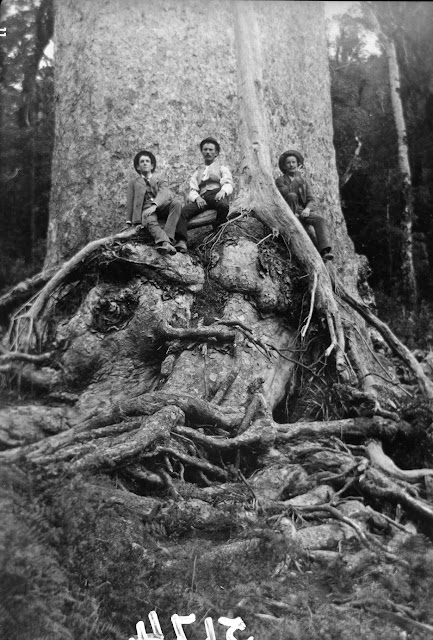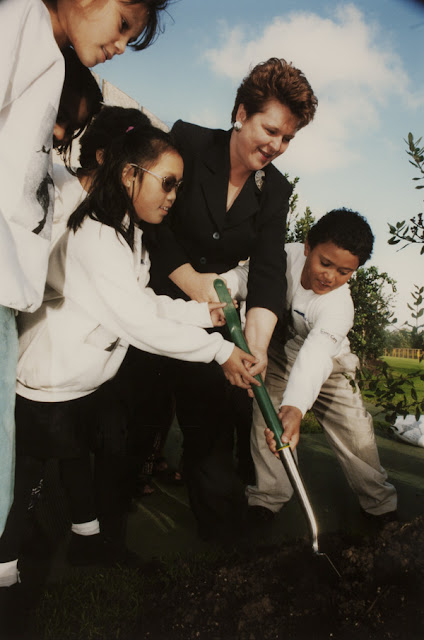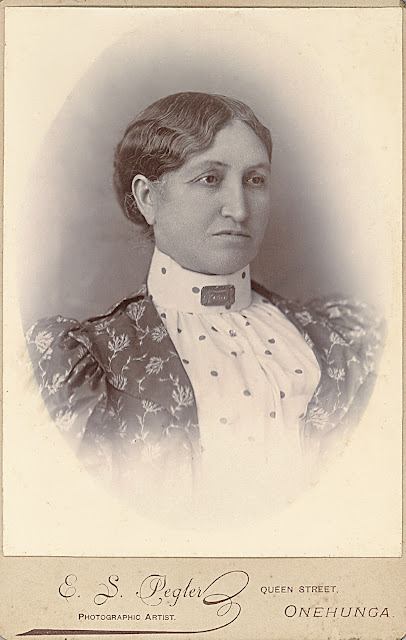Kauri logging in Waitākere Ranges

Long ago the Waitākere Ranges were covered in ancient forests of huge kauri trees. Māori valued kauri because of its size and for its gum. Kauri are tall and straight and the giant trees were perfect for building waka, boats and settlers’ homes. The work involved in the logging of the kauri forests was documented by photographers, both professional and amateur. By 1900 most of the kauri forests had been cut down. Only a few patches remained. In more recent times, the incurable and fatal kauri dieback disease has severly impacted kauri forests. Te Kawerau ā Maki, the tangata whenua (people of the land) of Waitākere in Auckland, have placed a rāhui over the entire Waitākere forest (Te Wao Nui o Tiriwa). For the health of the forest, they are asking people to stay away from the bush. The rāhui gives scientists time to develop a solution, and time for the forest to heal. A large part of Jack Diamond’s extensive research on all things West was focused on the logging industry in the ...




